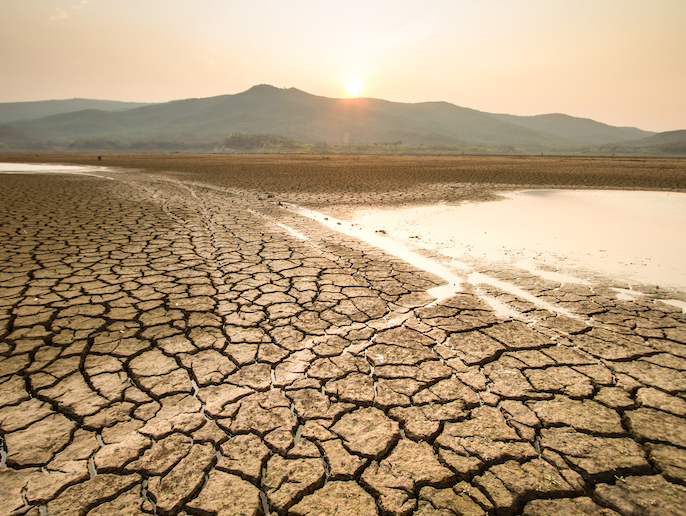Uncovering the climatic causes of droughts
Droughts cause significant damage to many communities around the world, disrupting agriculture, destroying forests and causing devastating water shortages. Climate change is predicted to worsen both the intensity and the frequency of droughts. Yet current models don’t have the full picture, due to a lack of knowledge about the influence of land drought on the atmosphere state and, in turn, on precipitation. These feedbacks involve many complex interactions, making it difficult to assign causal links. “Think for example of a soil dry-out coinciding with scarcity in rainfall,” says Diego Miralles(opens in new window), an ecohydrologist at Ghent University. “Is the lack of rainfall both a cause and a consequence of the soil desiccation? With our current observational systems, we cannot directly tell,” Miralles adds. The EU-funded DRY-2-DRY(opens in new window) project, funded by the European Research Council(opens in new window) analysed satellite data and field measurements, and used novel models to better understand the evolution of droughts and heatwaves, and the influence of land feedbacks on this evolution.
Understanding the underlying mechanisms of drought
The hypothesis – supported by the researchers’ analysis – was that as a soil drought strikes, reduced evaporation contributes to the drying and warming of surrounding air. This intensifies drought and heatwave conditions at local scales, but also contributes to similar conditions downwind. “This implies that droughts and heatwaves can propagate in time and space by themselves by drying out the land surface,” Miralles says. “Just like a wildfire.” These positive feedbacks are not necessarily just local, as certain regions may rely on water normally transported from a drought-affected region. “This mechanism also explains to a large degree why droughts and heatwaves frequently occur as compound events, leading to catastrophic impacts on societies and ecosystems,” Miralles notes. The team demonstrated for the first time that droughts and heatwaves can be driven by the drying out of locations upwind. “This seems to be a major driver of heatwaves in midlatitudes, and a trigger of droughts in semiarid regions,” explains Miralles.
Squeezing information from satellite data
The DRY-2-DRY team processed satellite data to estimate land evaporation and soil moisture. To find the effect of terrestrial evaporation on atmospheric conditions and subsequent rainfall, they combined the satellite data with new atmospheric models. “These models are able to resolve the local daily evolution of the atmospheric boundary layer – the last few hundred metres of atmosphere where we live – and hence estimate the influence of evaporation and soil moisture on air temperature and air humidity,” says Miralles.
Climate model improvements
As current climate models struggle with the representation of these complex feedbacks, the new results could help the scientific community gain a more accurate picture of our evolving climate. “The project may contribute to a community effort to improve future predictions and early forecasts of these extreme events in order to attenuate the devastating impacts they have on ecosystems and societies,” Miralles remarks. The results could also be used on the ground to mitigate drought effects through land management. “Our findings so far are preliminary. In the next few years we will be exploring the possibilities of managing land cover to be able to reduce the future magnitude of droughts, heatwaves and heat stress episodes. The work can focus on land used by the most vulnerable societies,” concludes Miralles.







